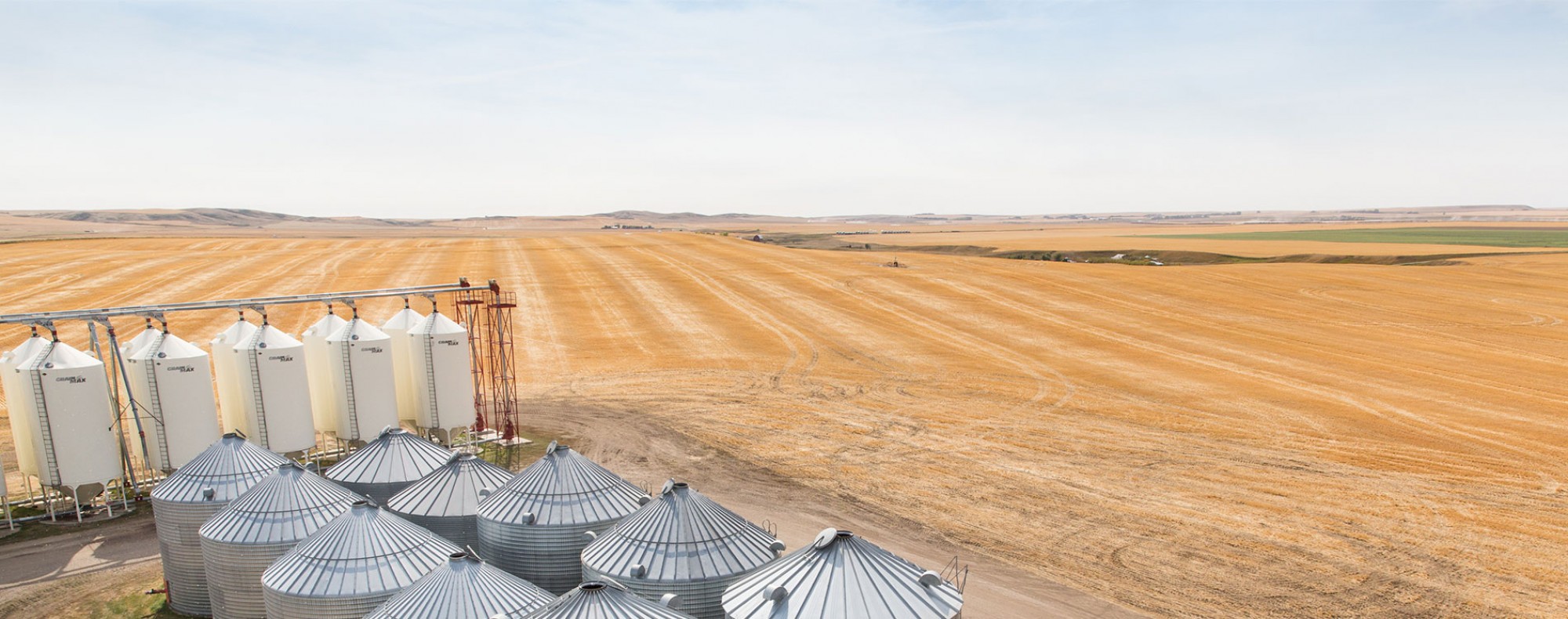Genetics and improvement of FHB in spring wheat
AWC contribution: $100,000
Start date: April 1, 2015
End date: March 31, 2019
Summary:
Several management and cultural practices, host plant resistance, chemical and biological control measures have been suggested to control Fusarium head blight (FHB). However, genetic resistance is considered to be the most effective and environment friendly strategy. Recent developments in molecular genetics have led to the identification of genes and Quantitative Trait Loci (QTL) controlling FHB and the linked DNA markers are available for marker assisted selection of FHB. FHB resistance can be improved in future Canadian wheat varieties through crossing and combining FHB resistance genes/QTLs to avoid production losses in western Canada. The information generated from this project will be used in future research and development activities to cope with FHB.
Objectives:
- Screening of Canadian and International spring wheat germplasm for FHB resistance using DNA markers and in field.
- Pyramiding FHB resistance genes, Fhb1, Fhb2 and Fhb5AS in Canadian spring wheat.
- Identification of genomic regions controlling FHB resistance in Canadian spring wheat
Benefit to producers:
Research findings will provide a better understanding of wheat genetics in combating FHB. Combination of multiple FHB resistant genes will broaden the genetic base of resistance in Canadian spring wheat against FHB. Therefore, creating better resistant cultivars in the future.
Bio:
Dr. Dean Spaner has been a professor for 15 years as a wheat breeder and agronomist at the University of Alberta. His research group works in two general areas:
- Conventional breeding (and genetic research) of wheat.
- Agronomy and breeding of wheat for organic agricultural environments.
We work mainly in the fields and in greenhouses. In addition to a fully operational modern research farm and greenhouse facilities, we also have 11 acres of farmland on the South Campus devoted to organic agricultural research. We conduct some research on organic and conventional farms in central Alberta, and in affiliation with the Cereal Development Centre of Alberta Agriculture, Food and Rural Development in Lacombe. We collaborate extensively with many breeding programs within the Agriculture and Agri-Food Canada network, and trial much material from CIMMYT in Mexico.
Project Completion Report
Fusarium head blight (FHB) is a devastating fungal disease of wheat throughout the world. It has become a serious problem in Western Canada and is now established in some parts of Alberta (particularly those bordering Saskatchewan). It is responsible for major yield and quality losses.
The objectives of this project were to better understand the genetics of FHB resistance in Canadian spring wheat and develop wheat germplasm with improved FHB resistance (multiple FHB resistance gene/QTL) to contribute towards minimizing yield and quality losses to the wheat industry in Canada.
We screened over 250 spring wheat cultivars for FHB resistance in the field for two years as well as with DNA markers for FHB resistance gene/QTL Fhb1. We identified wheat genotypes resistant to FHB in the field and those with Fhb1 gene/QTL. This provides valuable information to wheat breeders aiming to further improve FHB resistance and for improving the frequency of Fhb1 in future wheat cultivars in Canada.
We made crosses to combine/stack FHB resistance gene/QTL Fhb1, Fhb2 and Fhb5AS and developed wheat lines with combination of these genes/QTL. These lines may be used for further genetics studies and/or as parents for developing FHB resistant cultivars. Some of these are also being tested in yield trials to test their potential to become cultivars.
We also made 15 crosses involving two to four FHB resistant spring wheat genotypes to develop wheat germplasm with improved FHB resistance. 37 selected lines are being tested in preliminary and advanced yield trials for potential to become cultivars with improved FHB resistance.
We tested a mapping population of 200 lines derived from the cross ‘Peace’ x ‘Carberry’ for FHB resistance in field in 2016, 2017 and 2018, genotyped it with Diversity Arrays Technology (DArT) markers and identified quantitative trait loci (QTL) associated with FHB resistance.
The information generated and wheat materials developed in this project provide useful resource for wheat researchers and breeders in future research and development. Some of the FHB resistant lines, after testing for yield and other traits and becoming cultivars, will offer wheat producers choice of growing FHB resistant wheat cultivars.
